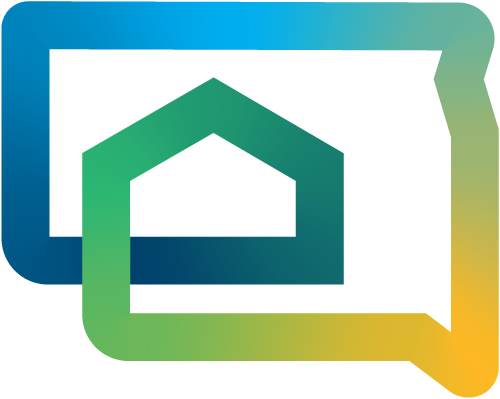What is the difference between an FHA and a USDA loan?
When it comes to financing a home, there are a number of loan options available to potential homebuyers. Two of the most popular loan programs are the Federal Housing Administration (FHA) loan and the United States Department of Agriculture (USDA) loan.
While both loans are backed by the federal government and can be great options for first-time homebuyers or those with limited financial resources, they do have some key differences. In this blog post, we’ll explore those differences and help you decide which loan program might be the best fit for you.
FHA loans
FHA loans are a popular choice for many homebuyers, particularly those with less-than-perfect credit or who have limited funds for a downpayment. These loans are backed by the Federal Housing Administration and are designed to help make homeownership more accessible for a wider range of people.
One of the biggest benefits of an FHA loan is that it requires a lower downpayment than many other loan programs. In most cases, borrowers can put down as little as 3.5% of the purchase price of the home. Additionally, FHA loans often have lower credit score requirements than other loan programs, making them a good option for people who might not qualify for other types of loans.
However, it’s important to note that FHA loans do have some drawbacks. For example, they require borrowers to pay mortgage insurance premiums (MIP) for the life of the loan. Additionally, there are limits on how much you can borrow with an FHA loan, which could be a barrier for people looking to purchase a more expensive home.
USDA loans
USDA loans are another government-backed loan program that can be a great option for homebuyers. These loans are specifically designed for people living in rural areas who might not have access to other types of financing.
One of the biggest benefits of a USDA loan is that it requires no downpayment. That means that borrowers can finance 100% of the purchase price of their home. Additionally, USDA loans often have lower interest rates than other loan programs, which can save borrowers thousands of dollars over the life of their loan.
However, USDA loans also have some limitations. For example, they’re only available to people who are purchasing a home in a designated rural area. Additionally, borrowers must meet certain income requirements in order to qualify for a USDA loan.
Which loan is right for you?
Ultimately, the decision of which loan program to choose will depend on your individual financial situation and homebuying goals. If you have a limited downpayment and/or a lower credit score, an FHA loan might be the best option for you. On the other hand, if you’re looking to buy a home in a rural area and have a limited budget, a USDA loan could be a better fit.
By visiting with a participating lender, you can get information about all of SD Housing’s loan products, whether it be a conventional or government-insured loan. Regardless of which loan program you choose, it’s important to do your research and work with a lender who can help guide you through the process. By understanding the differences between these loan programs, you’ll be better equipped to make an informed decision and find the right financing option for your needs.





